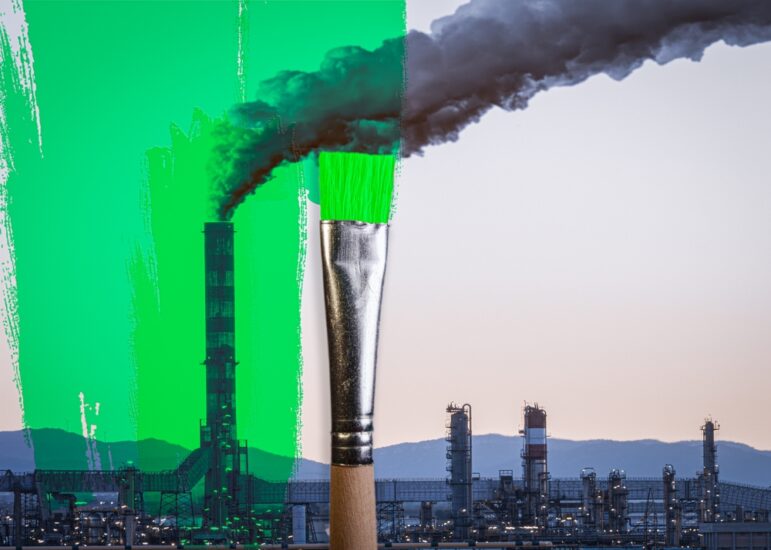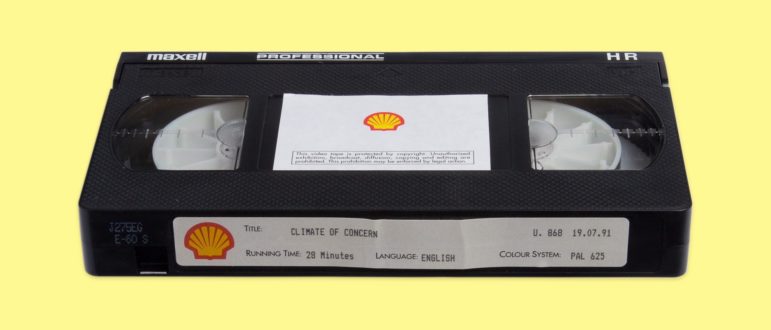Guide Resource
GIJN Reporting Guide for Landfill Methane Emissions and Solutions
This guide offers reporting best practices, key resources as well as what questions to ask when investigating methane emissions from landfills and how to reduce them.
This guide offers reporting best practices, key resources as well as what questions to ask when investigating methane emissions from landfills and how to reduce them.

Also featuring the data behind Russia’s efforts in Ukraine, why it’s so hard to ditch coal as an energy source, and a literary map of Rio de Janeiro.

An exposé supported by the Pulitzer Center’s Rainforest Investigations Network found loans earmarked for green projects were routinely used by fossil fuel and mining companies.

The lack of regulatory oversight of radioactive waste in the oil and gas industry has created an environment ripe for some extraordinary science and environmental journalism.
This guide provides watchdog journalists with key context and practical advice to enable better investigations of the fossil fuel industry.


The oil and gas industry is complex and notoriously opaque. But with new tools, it’s become easier for investigators to dig into this field.

Environmental reporters share tips for unraveling the mysteries behind carbon credit projects and government ties to the fossil fuel industry.

GIJN convened a one-day meeting of 80 climate change journalists and experts from 35 countries to discuss the future role of investigative journalism in climate crisis reporting.

De Correspondent, a Dutch member-funded journalism platform, leverages on the shared knowledge and experience of their 55,000 paying members as much as possible in their reporting. Here’s their 3-step workflow incorporating reader engagement, which helped them land their scoop on Shell.